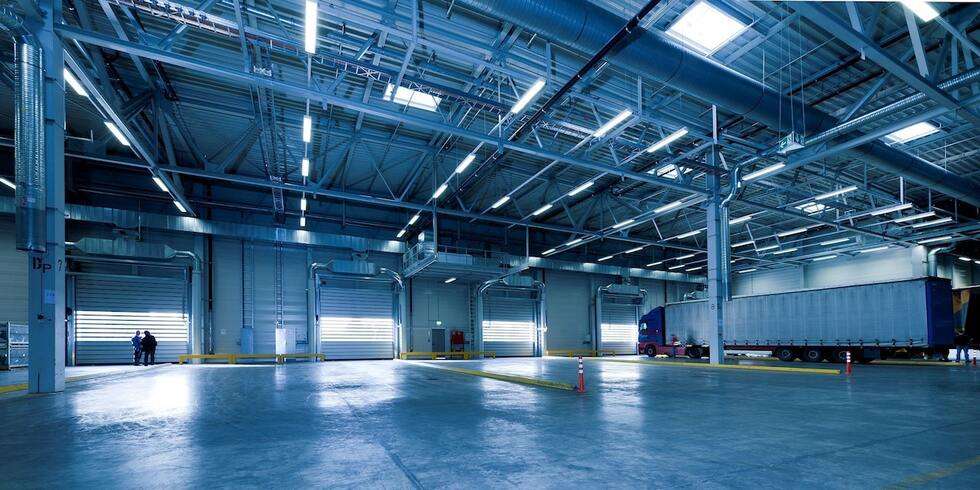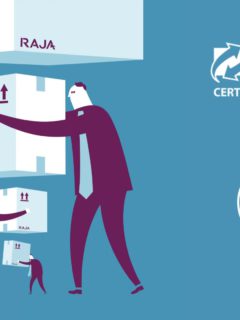Do the math: how much does it cost you to transport your goods over a year
? It’s
undeniable: the strategic impact of transport is very heavy on a company, whatever it is. It obviously weighs on the cash flow but also on the profitability of each of your shipments. But these transport logistics costs condition both the results and the perceived quality of the company.
It would undoubtedly be possible to drastically reduce these transport costs. However, you have to use strategy to avoid damaging the company’s image with customers upon delivery.
A huge problem, isn’t it
? That’s
why in this article, we offer you 4 avenues for reducing logistical costs, proposed by Stéphane Roussel, a specialist in transport at RAJA
 SUMMARY
SUMMARY
- Fill the containers as much as possible
- Choose your carrier well… and put them in competition regularly
- Create synergies with subsidiaries or other companies
- Set up a Transport Management System (TMS)
Fill the containers as much as possible
The first tip seems obvious, but many companies neglect it: make sure that the transport containers are as full as possible
This logistical optimisation allows us to make significant savings, but also to reduce the CO2 emissions of this part of the company. This is an element that has a real impact on the company’s image, as well as on its commitments in terms of CSR. So how do we proceed?
To fill your containers as much as possible, there are two elements to take into account. You must fill as much as possible
- Packagingpackaging: whether it’s envelopes, boxes or pallets, any unused space is a waste of budget;
- Transport vehicles: think of trucks as well as ships or planes, depending on the routes you use.





 le plan de transport
le plan de transport
Il est recommandé, pour ce faire, de constituer un plan de transport. Son objectif : amener auprès du client les produits avec un contenant plein, sans mettre en péril les délais de livraison annoncés au client. Dans ce plan de transport, il vous faut être fin, et lister spécifiquement :
- Les flux de transports que vous utilisez (le colis, la messagerie, l’eau…) ;
- Les types de trafic que vous mettez en place.
L’idée est vraiment d’analyser tous ces flux, et de trouver le meilleur aiguillage possible, pour que le produit soit associé au flux le plus économique dès le départ.
 L’avis de Stéphane Roussel: “Transporter des contenants à moitié vides, c’est transporter du vent
L’avis de Stéphane Roussel: “Transporter des contenants à moitié vides, c’est transporter du vent
; or, le vent coûte de l’
- argent.
- Le
- plan de transport que nous avons
constitué
 chez RAJA nous permet par
chez RAJA nous permet par
exemple de
livrer
Marseille en
24h, en proposant un
tarif
économique
à nos clients
 , et en
, et en
réduisant
au
- maximum nos
émissions de CO2.
Un
véritable
impact sur notre
- comptabilité
- ,














